39 new australian food labels
Farmers hope new food labelling laws spur consumers to buy more ... The labels clearly spell out where food is from, and which foods are grown, produced or made in Australia. All priority foods must display new country-of-origin labels. These are staple foods — not biscuits, confectionary or alcohol. Clearer for consumers James Kelly grows more than 10 different varieties of vegetables in Victoria's north-east. CHOICE guide to food labelling - Nutrition Most foods are required to have the following information on their label: • The food's official name (called a prescribed name) or a description if there's no official name. • The supplier's Australian or New Zealand contact name and address. • The country of origin.
New Australian food labels will list local food content but not foreign ... NEW food labels will reveal only the "Australian-ness" of groceries - meaning the consumers who bought contaminated berries earlier this year would not have known they were from China. The Abbott Government yesterday revealed that from next April 1 most groceries will have to include a label to explain the percentage of Australian ingredients.

New australian food labels
Food Law Update: Australia - Ashurst FSANZ amended Standard 1.2.3 of the Food Standards Code (Code) in May 2017, to include lupin as one of 11 ingredients that must be declared on food labels, along with peanuts, eggs, milk, sulphites, cereals containing gluten, crustacea, fish, soybeans, sesame seeds and tree nuts. Changes to allergen labelling | NSW Food Authority Food businesses have 3 years to transition to the new requirements, plus an additional 2 years for food that has been correctly labelled before 25 February 2024. During the 3 year transition, allergen declarations must follow the old or the new system. They cannot be a combination of both. What are the changes? Exemptions Country of origin food labelling resources | business.gov.au Country of origin statement. A country of origin statement is a text explanation of where the food product came from. Products that can't use or do not need to use the three- or two-component standard mark use a country or origin statement. Imported priority foods must, as a minimum, carry a country of origin statement in a clearly defined ...
New australian food labels. New Australian Food Labels And How They Affect You There are five new labels in total. The following three are identified with a kangaroo symbol: GROWN IN AUSTRALIA - You're good to go with this option as this label means your food is 100% grown in Australia. PRODUCT OF AUSTRALIA - Think canned or bagged goods where the ingredients are 100% Australian and they've been processed here too. Iconic Australian Food | 17 Australian Foods You Should Try Barramundi is the Aboriginal name for this type of sea-bass found in Australia and the Indo-Pacific. Barramundi literally translates as "large-scaled silver fish". You have to try this fish, it's very popular for good reason - it's delicious! Barramundi by flickr 15. Lamingtons If you like coconut you'll love this very Aussie food - the Lamington. Food labelling | NSW Food Authority New requirements for labelling the most common allergens in food commenced on 25 February 2021. The changes to the Food Standards Code will help people find allergen information on food labels more quickly and easily, so they can make informed and safe food choices. For more information see Changes to allergen labelling . Country of origin food labelling | business.gov.au These foods do still require an origin statement. Non-priority foods are: seasonings confectionery biscuits and snack food bottled water soft drinks and sports drinks tea and coffee alcoholic beverages. Have a look at country of origin food labelling definitions for more information on non-priority foods.
How to understand food labels - Eat For Health The HSR system was developed by Australian, state and territory governments, industry, public health and consumer groups. Ingredients List. All ingredients in a food product must be listed on the label in order (Food Labels - What do they mean? Food Standards Australia and New Zealand, from largest to smallest by weight. Food and beverage product news in Australia and beyond - Nine That's just what the new Woolworths own label's Hot Chip Gravy is offering you the chance to do. The new product joins other similar sauces on the shelves, including Gravox's Best Ever Chip Gravy, but fans of Woolworths' own brand products are already nabbing the new gravy to try for themselves. Labelling laws | NSW Food Authority The Food Standards Code states that all food labels must contain the following information: Name and/or description of the food Identification of the 'lot' number * Name and Australian street address of the supplier of food * List of ingredients Date mark Nutrition information panel (NIP) Country of origin of the food Country of origin food labels | Department of Industry, Science and ... a library of design elements that you can personalise for your own labels; The Australian Competition and Consumer Commission (ACCC) website explains how to: make a country of origin claim; label food; make an origin claim for non-food products; Consumer rights and label types. Consumers want quick and accurate information to help decide what food to buy.
Food labelling - WA Health, Government of Western Australia The Food Labels - What do they mean poster (external site) provides an overview on how to read a food label. Name or description of the food Name and business address for an Australia or New Zealand supplier Mandatory warning, advisory statements and declarations (allergens) Ingredient listing and percentage labelling Food Labelling & Allergen Guide - Australian Food and Grocery Council The Food Industry Guide to Allergen Management and Labelling offers guidance in managing allergens. It's relevant to those involved in the supply, handling, production, import and sale of foods. It was first development by the AFGC in 2007 but an updated edition was jointly published by the AFGC and Allergen Bureau in April 2021. New to the ... Country of origin food labelling resources | business.gov.au Country of origin statement. A country of origin statement is a text explanation of where the food product came from. Products that can't use or do not need to use the three- or two-component standard mark use a country or origin statement. Imported priority foods must, as a minimum, carry a country of origin statement in a clearly defined ... Changes to allergen labelling | NSW Food Authority Food businesses have 3 years to transition to the new requirements, plus an additional 2 years for food that has been correctly labelled before 25 February 2024. During the 3 year transition, allergen declarations must follow the old or the new system. They cannot be a combination of both. What are the changes? Exemptions
Food Law Update: Australia - Ashurst FSANZ amended Standard 1.2.3 of the Food Standards Code (Code) in May 2017, to include lupin as one of 11 ingredients that must be declared on food labels, along with peanuts, eggs, milk, sulphites, cereals containing gluten, crustacea, fish, soybeans, sesame seeds and tree nuts.
Food labelling: Government seeks public opinion on six different Australian Made designs - ABC ...

8 best Unique food products in Australia images on Pinterest | Australian food, Food labels and ...
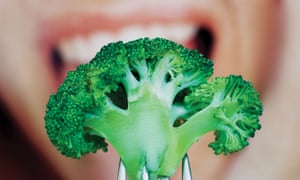
Country of origin food labelling rules give details buyers want – Tony Abbott | Australia news ...
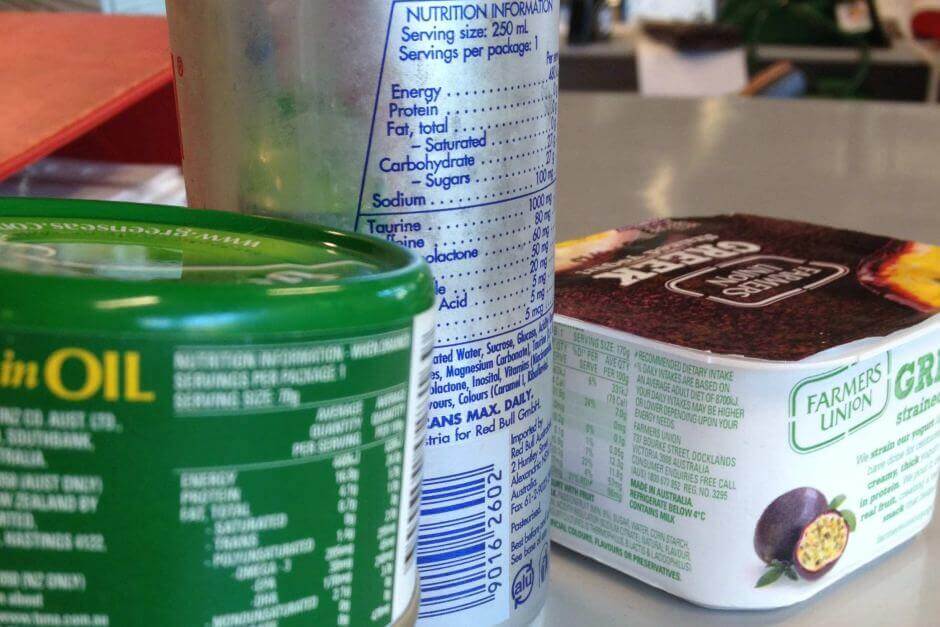
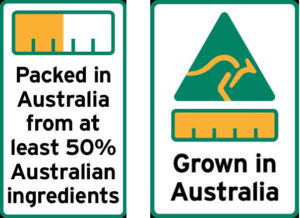
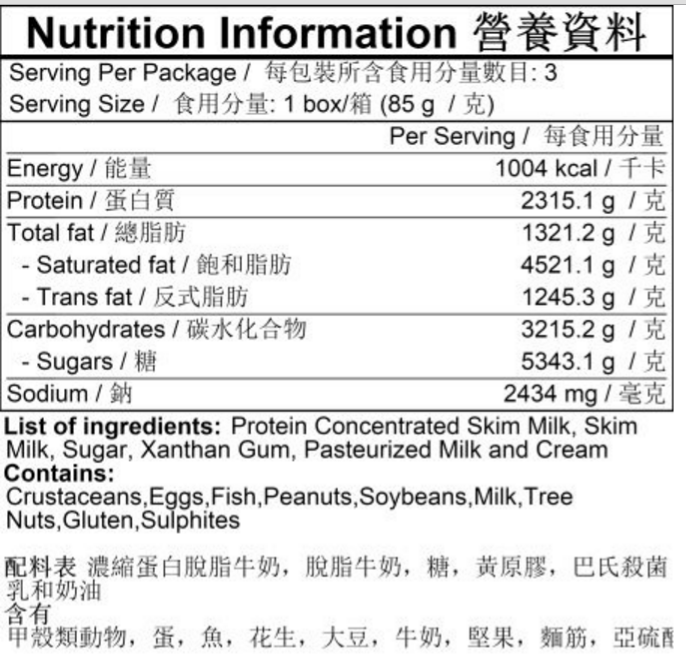


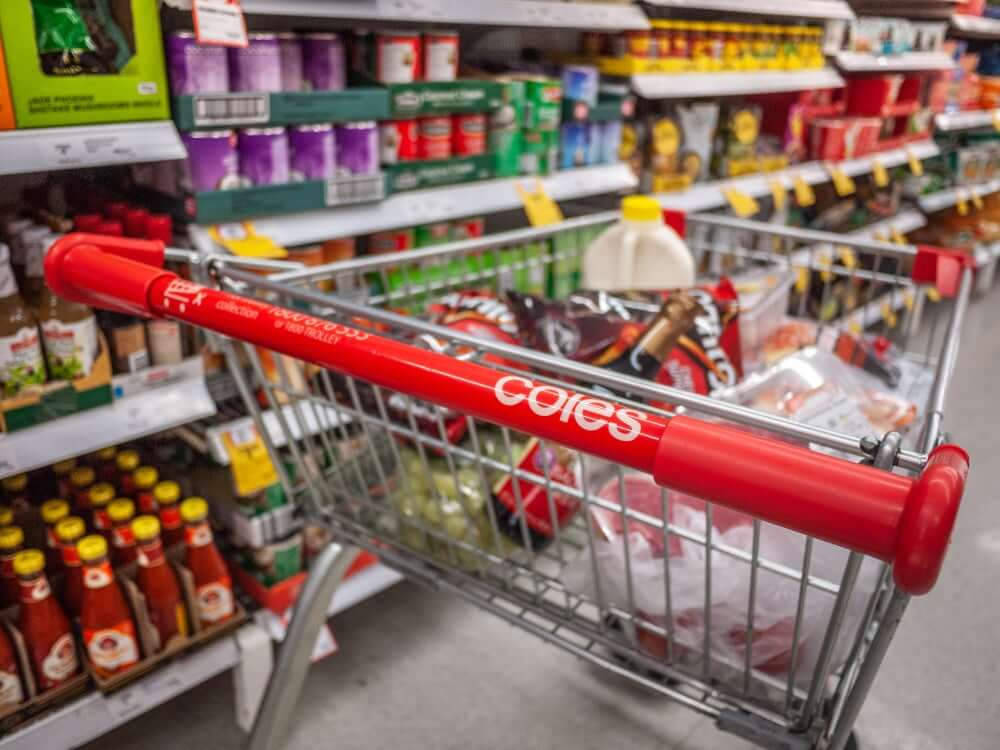



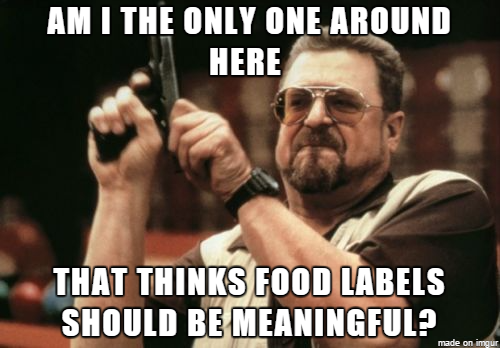

Post a Comment for "39 new australian food labels"